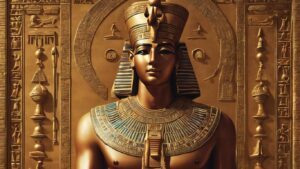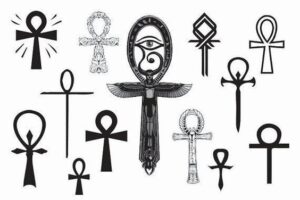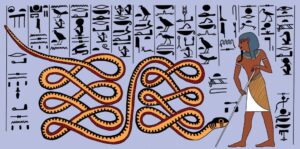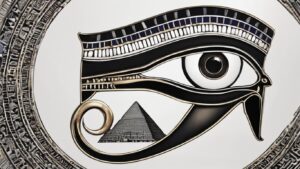Table of Contents
Astarte Family

Astarte Origins
Astarte in History
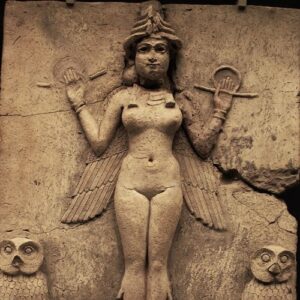
Modern Influence of Astarte
Astarte FAQ
Who is Astarte goddess in the Bible?
In the Bible, particularly in the Old Testament, there are references to the worship of a goddess referred to as Asherah or Ashtoreth, who is often considered to be associated with Astarte. The worship of Asherah is condemned in various biblical passages as a form of idolatry.
How did they worship the goddess Astarte?
Worship of the goddess Astarte involved various rituals, ceremonies, and practices that varied across cultures and regions. Devotees engaged in acts of devotion, including offerings, prayers, and possibly rites associated with fertility and the cycles of nature. Temples dedicated to Astarte were constructed, and religious festivals were held in her honor.
Who is Astarte goddess with a serpent in her hand?
Astarte is sometimes depicted holding a serpent in her hand, symbolizing her connection with fertility, regeneration, and the cycle of life. The serpent is a common symbol associated with various ancient goddesses and is often linked to themes of transformation and renewal.
Who has similarities to the Phoenician goddess Astarte?
Similarities to the Phoenician goddess Astarte can be found in other goddesses worshipped in the ancient Near East. For example, the Mesopotamian goddess Ishtar and the Sumerian goddess Inanna share similarities with Astarte in their associations with love, fertility, and war. These similarities highlight the interconnectedness of ancient mythologies and the cultural exchange of religious concepts in the region.

